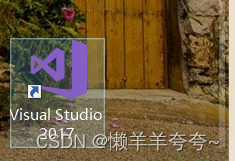发布订阅模式(三种方式)
发布订阅模式上一篇我们已经介绍了,这里就不做介绍了,想要看的可以点此链接 在SpringBoot中对RabbitMQ三种使用方式_流殇꧂的博客-CSDN博客
Routing(路由模式)(基于注解的方式)
1.创建交换机和消息队列,类型要为direct(不设置也是默认的配置)
//路由模式:绑定交换机和队列 根据不同的日志级别,接收日志@RabbitListener(bindings = @QueueBinding(value = @Queue("routing_queue_error"),exchange = @Exchange(value = "routing_exchange",type = "direct"),key = "error_routing_key"//路由键:对当前的队列进行标记//将来交换机发送的数据也会绑定一个路由键,如果这两个路由键相同,则表示消息会被发送给当前的这个消息队列))public void routingConsumerError(String message){System.out.println("接收error级别的日志"+message);}//路由模式:绑定交换机和队列 根据不同的日志级别,接收日志@RabbitListener(bindings = @QueueBinding(value = @Queue("routing_queue_all"),exchange = @Exchange(value = "routing_exchange",type = "direct"),key = {"error_routing_key","info_routing_key","waring_routing_key","debug_routing_key"}//路由键:对当前的队列进行标记//将来交换机发送的数据也会绑定一个路由键,如果这两个路由键相同,则表示消息会被发送给当前的这个消息队列))public void routingConsumerAll(String message){System.out.println("接收all级别的日志"+message);}2.消息发送者
@Test// 路由模式:消息生产者生产消息public void routingPulisher(){//消息生产者发送消息需要绑定的路由re.convertAndSend("routing_exchange","error_routing_key","这是路由模式的error日志");re.convertAndSend("routing_exchange","info_routing_key","这是路由模式的info日志");re.convertAndSend("routing_exchange","waring_routing_key","这是路由模式的waring日志");re.convertAndSend("routing_exchange","debug_routing_key","这是路由模式的debug日志");}
可以将我们指定的消息发送到指定的队列里并读取
Hello World(简单模式)(基于配置类的方式)
1. 创建队列
@Bean//简单模式public Queue simpleQueueLog(){return new Queue("simple_queue_log");}2.创建接收业务
//简单消息模式@RabbitListener(queues= ("simple_queue_log"))public void simpleQueue(Object message){System.out.println("简单模式:"+message);}3.发送消息
@Testpublic void simpleConsumerPublisher(){re.convertAndSend("simple_queue_log","Hello World,简单模式");}
Work queues(工作队列模式)(基于配置类的方式)
1.创建队列
@Bean//工作队列模式public Queue workQueueLog(){return new Queue("work_queue_log");}2.消费业务
//消息队列模式@RabbitListener(queues = "work_queue_log")public void workConsumer01(String message){System.out.println("01消费者:"+message);}//消息队列模式@RabbitListener(queues = "work_queue_log")public void workConsumer02(String message){System.out.println("02消费者:"+message);}3.发送消息
@Testpublic void workConsumerPublisher(){for (int i=1;i<11;i++){String s = UUID.randomUUID().toString();re.convertAndSend("work_queue_log",s);}}
我们可以看到消息交替被消费
Topics(主题模式)(基于注解的方式)
1.创建交换机和队列 #多 *一 .连接
//主题模式 @RabbitListener(bindings = @QueueBinding(value = @Queue("topic_queue_email"),exchange =@Exchange(value = "topic_exchange",type = "topic"),key = "info.#.email.#"))public void topicConsumerEmail(Object message){System.out.println("主题模式消费者接收订阅的邮件消息"+message);}@RabbitListener(bindings = @QueueBinding(value = @Queue("topic_queue_sms"),exchange =@Exchange(value = "topic_exchange",type = "topic"),key = "info.#.sms.#"))public void topicConsumerSms(Object message){System.out.println("主题模式消费者接收订阅的短信消息"+message);}2.发送消息
@Test// 主题模式:消息生产者生产消息public void topicsPublisher(){re.convertAndSend("topic_exchange","info.wwww.email.com","这是一个邮件信息1");re.convertAndSend("topic_exchange","info.wwww.sms.com","这是一个消息1");re.convertAndSend("topic_exchange","info.w.sms.com","这是一个消息2");re.convertAndSend("topic_exchange","info.a.email.com","这是一个邮件信息2");}
自定义key来消费消息
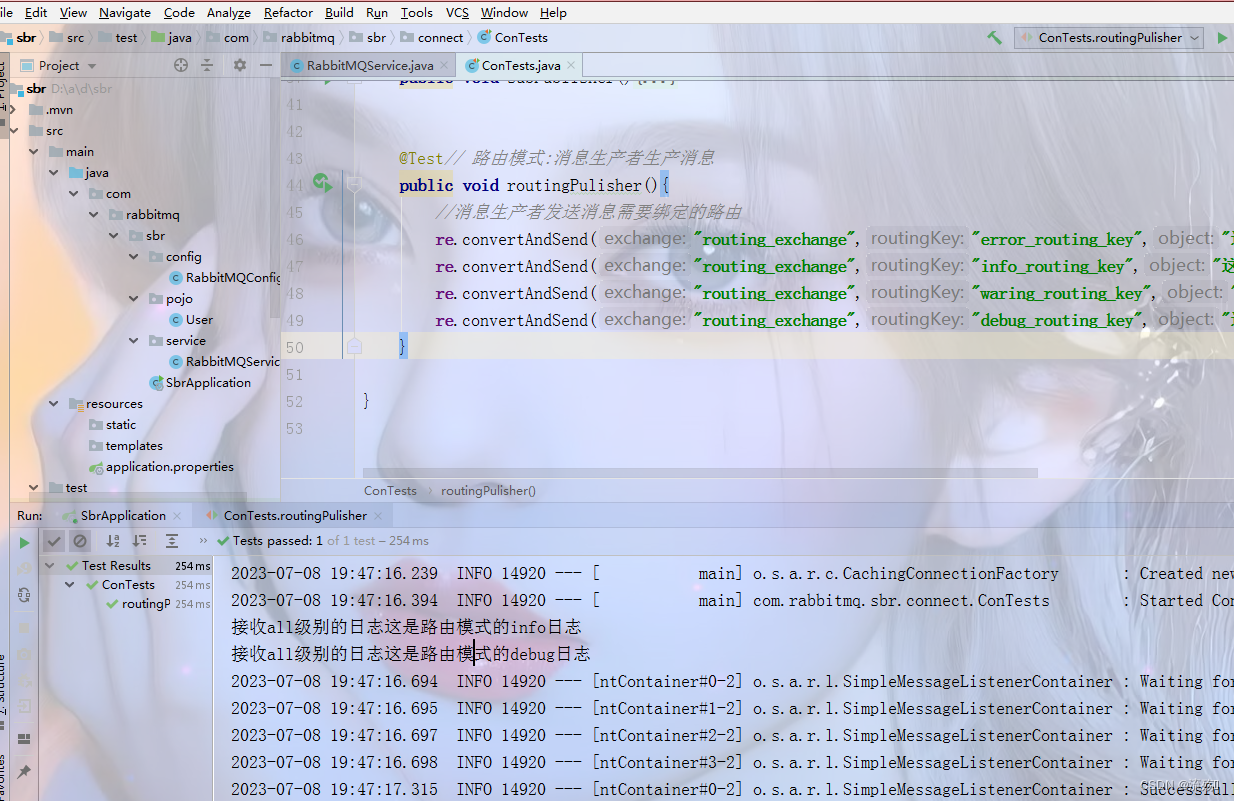

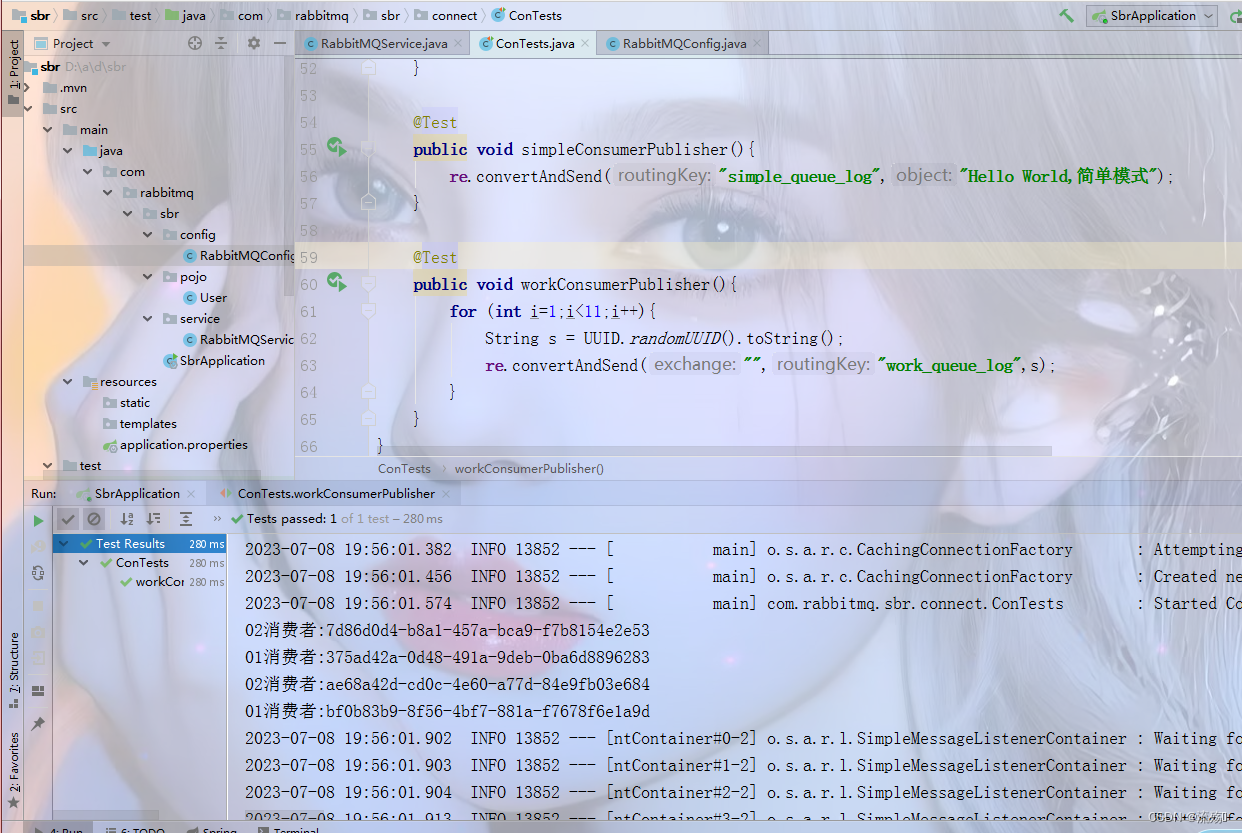

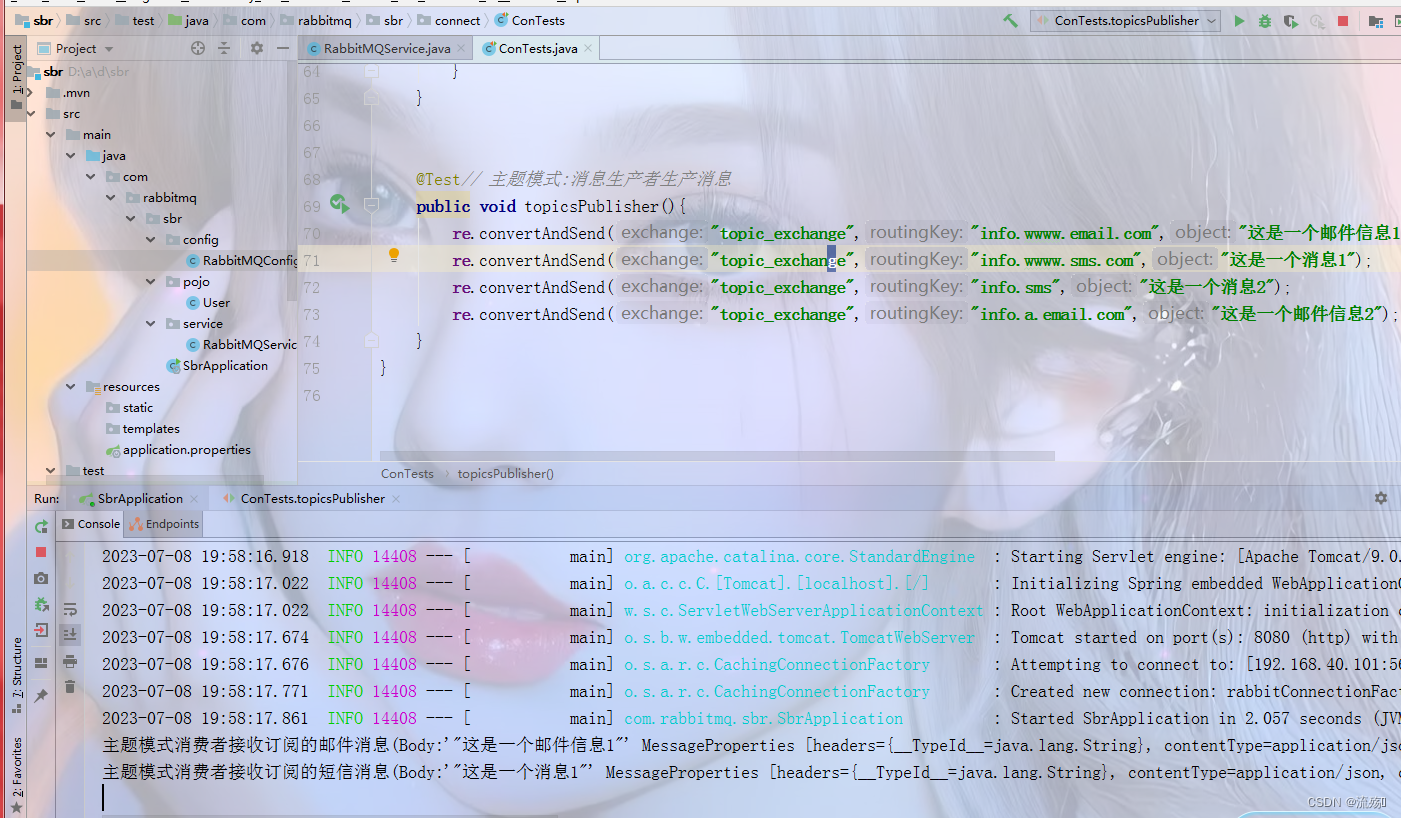

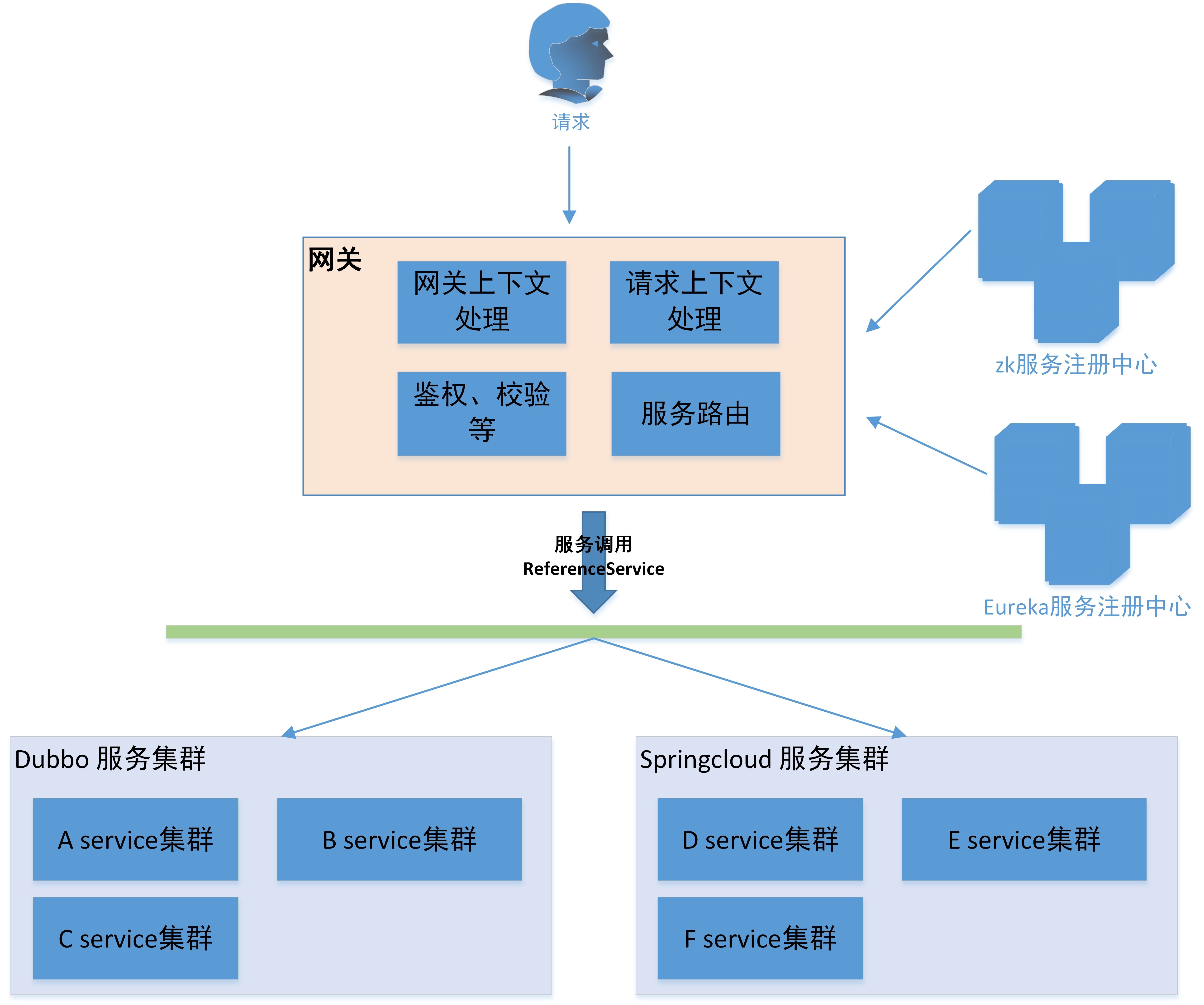

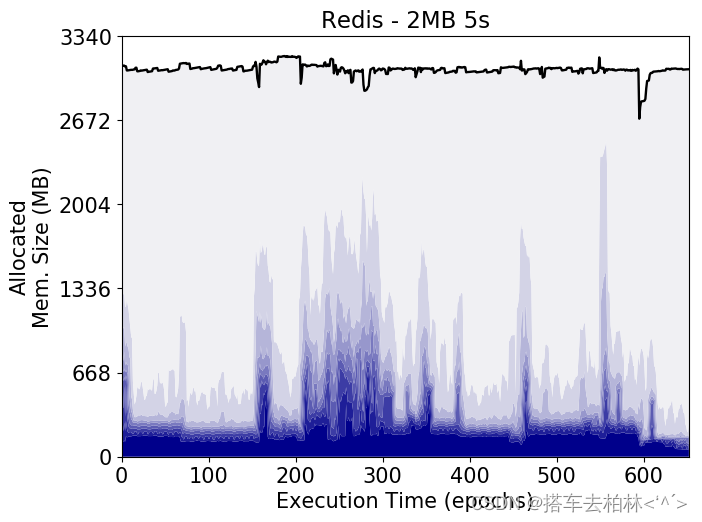



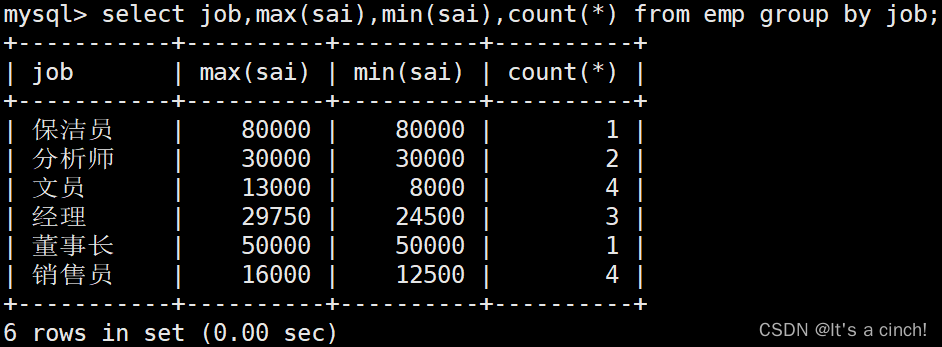
![火车头采集器AI伪原创[php源码]](https://img-blog.csdnimg.cn/9f263cbacb474713bc2a8a8bb1b65629.png)



